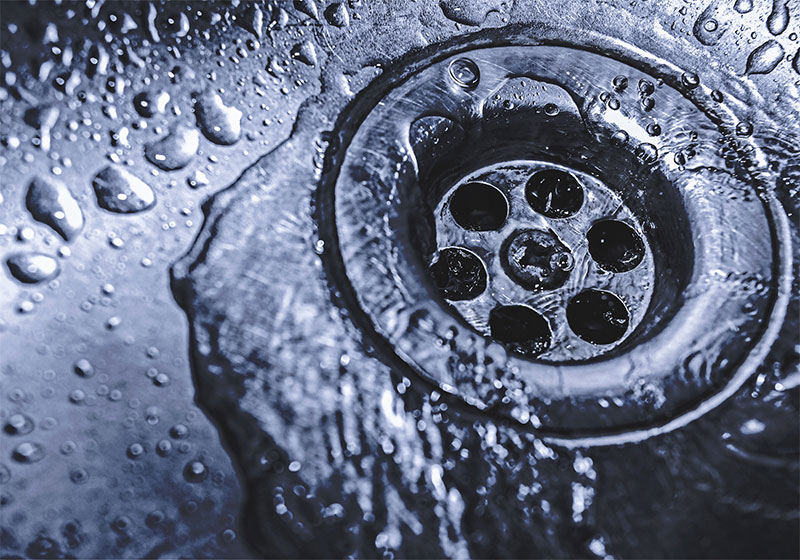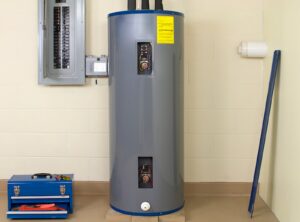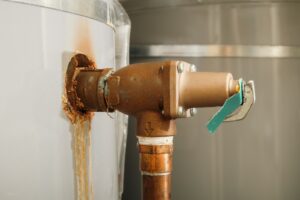Since it’s summertime, you’re probably noticing the kitchen is getting used more since the kids are home from school or guests are coming while summer is in full swing. So, maybe a refresher regarding garbage disposal do’s and don’ts is in order. Sometimes it’s easy to take for granted an essential kitchen appliance and neglect it. Interestingly, the disposal is one of the most used devices in the kitchen. Using this apparatus correctly not only saves money and increases its longevity, but it also saves you the headache of dealing with a potential pricey plumbing disaster. Using a kitchen garbage disposal incorrectly can lead to terrible odors, clogs, and costly repairs. So, what are some tried and true tips regarding kitchen disposal usage?
Used and Abused Plumbing Appliances
The garbage disposal is mostly used to shred food waste into smaller pieces that won’t clog kitchen plumbing. Generally, a garbage disposer is electrically powered and installed between the sink’s drain and the trap. Most plumbing systems are not designed to handle large amounts of food waste, so disposals are a convenient way to grind down waste to a more manageable size. Even so, if the wrong items are put down the disposal or it is used incorrectly, problems will arise. Most often, accumulated grease and food sludge will clog pipes, not the disposal itself. To keep your disposal running in tip-top shape there are certain items you should never put down it, or you will be increasing your risk of clogs and damage.
Here is a list of the top items to avoid putting down the disposal:
- Bones- place in the trash instead
- Fibrous veggies- pumpkin, celery, asparagus, broccoli, corn husks, etc. as stringy fibers can wrap around the blades causing problems
- Eggshells- the thin inner membrane can cause issues with the blades
- Coffee grounds- the grounds can clump up and accumulate causing clogs
- Fat and grease- solidifying grease can cause backing up in your pipes and accumulate causing bad odor
- Fruit pits- hard centers from peaches, plums, and cherries can damage disposal blades and mechanisms
- Vegetable peels and onion skins- unless you want a visit from the plumber, it is best to put peels from potatoes, onions carrots, sweet potatoes directly into the trash to avoid a sticky, pulpy, potentially clogging mess
- Starchy substances- rice, oatmeal, and pasta can expand and cause jams in pipes
- Nuts- when dropped into the disposal they can be ground into a thick paste which is hard to clean and potentially clogging in nature
- Paper scraps- paper towels or paper napkins should go in the trash and definitely not down the drain to possibly obstruct pipes
- Anything not biodegradable- glass, metal, plastic, and paint
Although this list may seem extensive, the kitchen disposal is quite useful when it comes to disposing of biodegradable food, most citrus rinds, vegetable scraps, cooked meat scraps, and fruit scraps.
Garbage Disposal Operating Basics
To keep your disposal running optimally and operating correctly, be sure to run cold water for approximately 15-20 seconds before flipping the wall switch to engage the disposal. With the water still running, slowly feed the materials you can safely dispose of into the unit. Turn the disposal off when all the grinding has stopped and all the food has flushed down the drain. Continue to run cold water for another 20 seconds to guarantee the disposal is clear before shutting off the water flow.
If you need help installing, unclogging, repairing, or replacing a kitchen garbage disposal, contact Sun Plumbing. We will gladly help you install or repair this essential kitchen appliance if you need a reputable plumber in the areas of Melbourne, Palm Bay, or Viera – anywhere in Brevard County, Florida!




